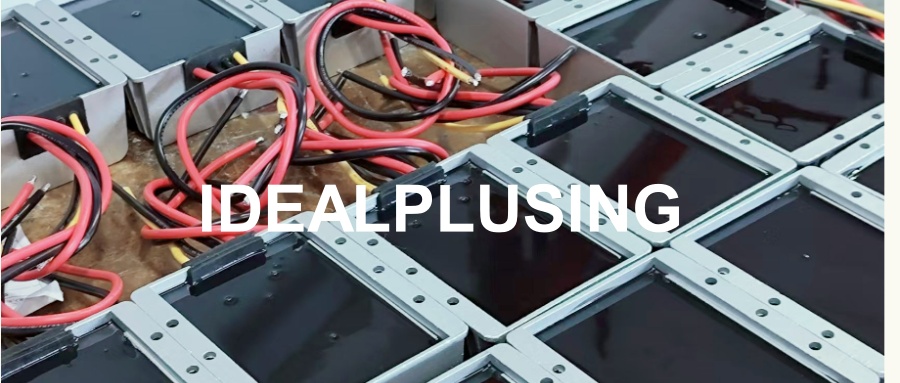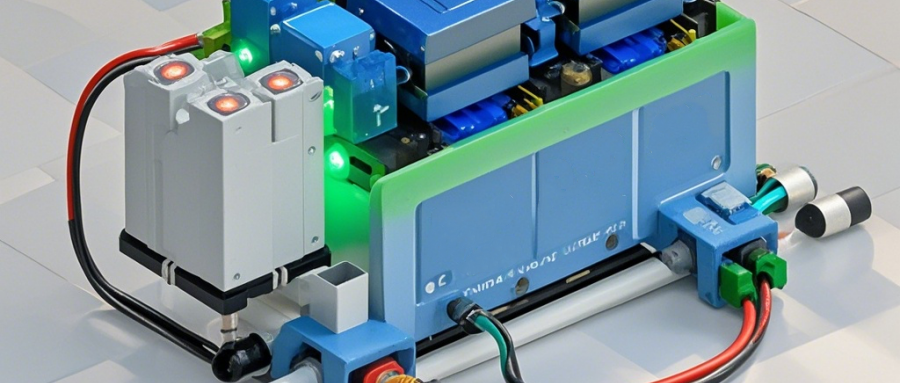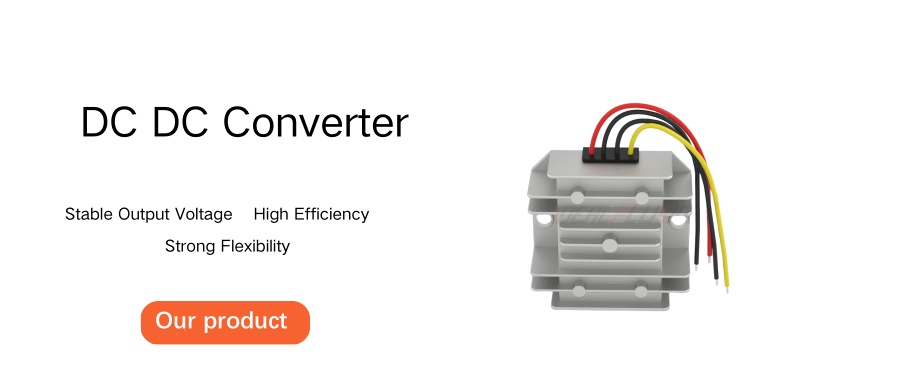A three-phase interleaved parallel DC-DC converter is a power conversion device used to convert direct current energy from one power source to another.

It usually consists of three single-phase DC-DC converters, each of which is responsible for processing one phase of the entire voltage waveform. This parallel structure can improve power density and system reliability.
The working principle of this converter is to use three single-phase DC-DC converters to control the voltage and current of each phase separately. By accurately controlling the switching state and working cycle of each converter, accurate regulation of output voltage and current can be achieved.
The three-phase interleaved parallel structure can also achieve fault tolerance, that is, when one converter fails, the system can still continue to operate, thereby improving the reliability of the system.
In addition, the three-phase interleaved parallel DC-DC converter can also achieve high-efficiency energy conversion. By reasonably designing the topology and control strategy of the converter, energy loss can be minimized and energy conversion efficiency can be improved.

From the application point of view, three-phase interleaved parallel DC-DC converters are widely used in the field of power electronics, especially in renewable energy power generation systems and electric vehicles in power systems. It can effectively improve the power density and energy utilization of the system and meet the power conversion requirements in different application scenarios.
In general, the three-phase interleaved parallel DC-DC converter is an efficient and reliable power conversion device, and its principle and application have important engineering significance. Through reasonable design and control, efficient conversion and precise control of electric energy can be achieved, providing important support for the stable operation and sustainable development of the power system.







